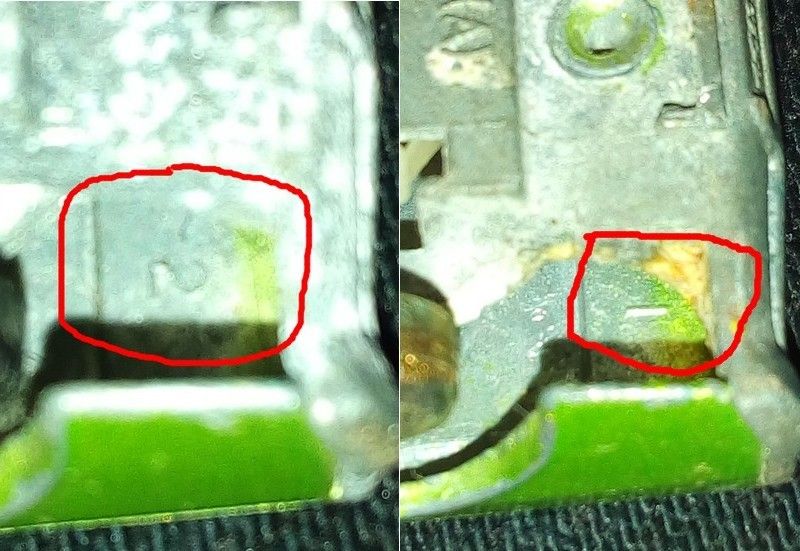kwakers wrote:
Somehow in his listing only three different Trailers on this #38C, Nick has eliminated 3 other base types that Mike Stannard had both pictured and coded by in his 1985 Guide. I have examples of Mike's other 3 Trailer bases in our collection that Nick has at sometime eliminated, so I don't quite understand his very limited codes right now on this Lesney Trailer.
The reason for this may be the fact that those further trailer base casting variations listed by Stannard directly correspond to the different die numbers.
As far as I have found, Stannard's bases C and F only come with die number 2, whereas Stannard's bases B and E only come with die numbers 1, 3 and 4. In fact there are some small casting differences between 1, 3 and 4, which could be described separately and lead to even more different base codes. Those are less obvious than the differences on the die number 2 base, so more difficult to describe properly, but nonetheless they are there.
Furthermore, Stannard's base D seems to be the same as E with the rear ejector rings just being less visible, and there are more "variations" in ejector ring visibility between the extremes of D and E.
So D and E may be regarded as being actually the same, and for the other differences, it seems to be easier to list the different die numbers 1, 2, 3 and 4 instead, as those are easier to check than casting differences which are hard to describe - that is if you want to list those differences at all.
However, as indicated above, I think such differences between dies used concurrently should generally not be listed as main variations, as for consistency this would have to be done for many more models.
